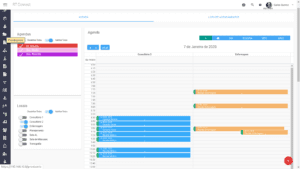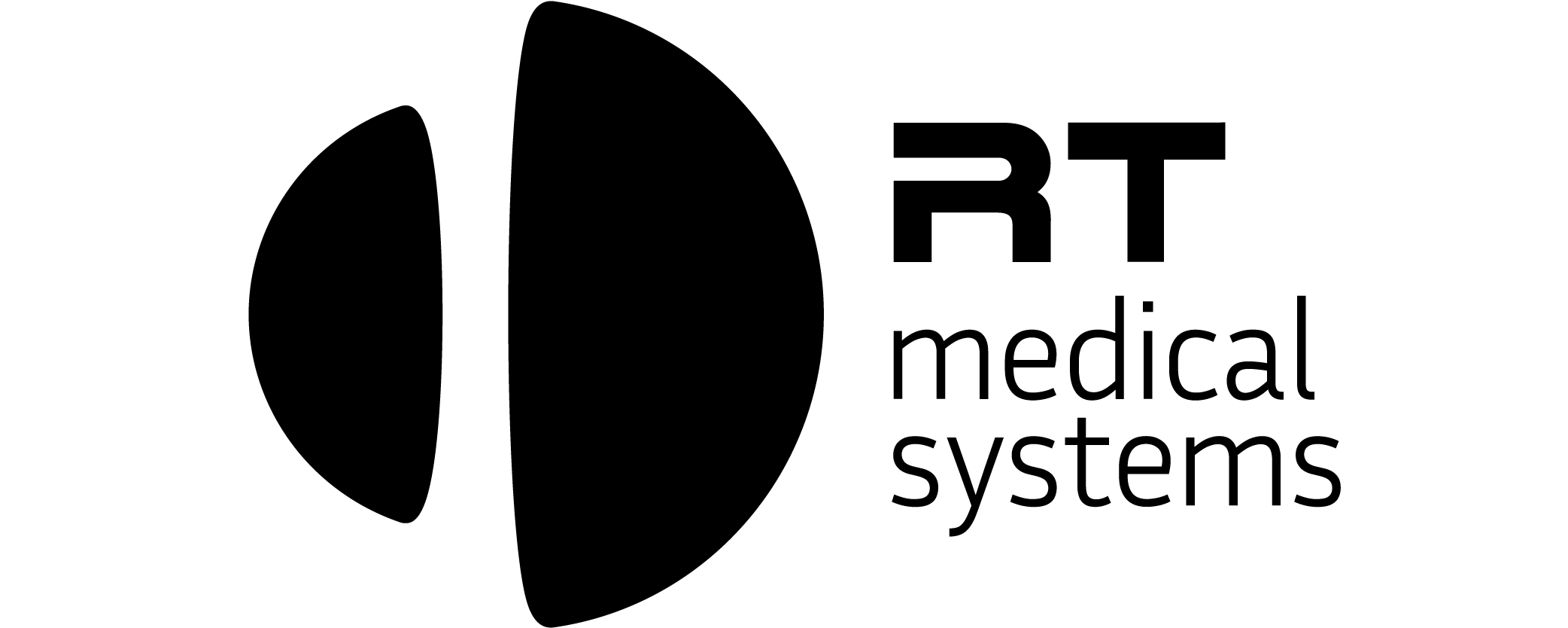A Radiology RIS, or Radiology Information System, is a software program that assists radiology departments in managing patient information, scheduling, and reporting. It streamlines workflows, improves efficiency and provides more accurate results.

When choosing an RIS, it’s important to consider the following key points:
Integration: Ensure that the RIS integrates seamlessly with existing systems, such as PACS and EHRs, to reduce manual data entry and improve accuracy.
User-friendliness: An RIS should be user-friendly and easy to navigate, with a user-friendly interface and customizable settings.
Security and Compliance: Ensure that the RIS complies with all necessary regulations, including HIPAA and HL7, and has robust security measures to protect patient data.
Reporting and Analytics: The RIS should have robust reporting and analytics capabilities to provide useful insights into workflow performance, resource utilization, and patient outcomes.
Scalability: The RIS should be able to scale to accommodate growth in the practice, as well as offer customizable features to meet unique needs.
Support and Maintenance: Look for an RIS provider with a strong track record of customer support and software updates, to ensure the system stays up-to-date and effective over time.
By carefully considering these key points, physicians can choose an RIS that will help to improve workflow, increase efficiency, and provide better patient outcomes.




